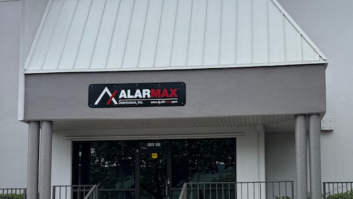Depending upon whether or not your sales volume includes payments received for product installation and repair, employee payroll expenses can absorb 50 percent or more of that hard won revenue.
Regardless of your particular percentage, I’ve found that too little attention is being paid to the hiring and firing practices of most businesses. Certainly, the latter contains enough costly legal threats to warrant more attention from managers.
Perhaps because they pose the possibility that the boss failed to hire the proper individual in the first place, firings are too often overlooked as a source of trouble. This is especially true if the business is perceived as having “deep pockets.” To avoid wasting time and money in court battling wrongful termination suits, many well-managed dealerships have legally approved written work rules, a copy of which is distributed to each new employee. These work rules clearly indicate that infractions can lead to discipline or even discharge.
Often, each employee at the time of hiring is also given a written description of the duties and responsibilities of his or her job. Included is an organizational chart outlining all of the positions in the store — from window washer to president — and indicating who is responsible for what and to whom.
Those well-run companies also keep separate files for each employee. Contained therein are the staffers’ original job applications, copies of references, job descriptions and a periodic appraisal of their work performance over the manager’s signature. The files also hold notices of criticisms leveled against employees for inappropriate behavior or any other out-of-line activity on the job, as well as any disciplines imposed on the workers. Should an individual be discharged, the reasons for this action are included in this file along with any statement of reaction by the employee.
More often than one can imagine, firings end up with the former employee suing the boss for wrongful discharge based on allegations of discrimination involving race, color, sex, creed, national origin, religion, sexual orientation, physical disability or age — all of which violate federal and most state laws. To ensure compliance, all documents and practices involving employee relations should be carefully reviewed by the retailer’s attorney.
It is important, too, that no one in authority makes promises to workers that the business cannot or will not keep, and that all negative comments are provable. (That last point is especially important in the case of job references. If these are limited to positive comments only, it raises the question of why the employee was fired in the first place.)
Termination lawsuits can often be avoided by providing the fired employee with extra severance pay or extended paid vacation time. These are, naturally, provided in exchange for a signed release from any claims that might arise from the termination.
Ironically, while this column was being written, the U.S. Supreme Court added still another way for employers to avoid lawsuits involving termination. In a five to four decision, the Court ruled that employers could insist that workplace disputes go to binding arbitration rather than to trial.
Still, the best way to avoid firing problems is to implement good hiring practices in the first place that will help make terminations unnecessary. I’ll be offering some practical suggestions on that front in an upcoming column.
Jules Steinberg, a former executive VP of NARDA, is president of Jules Steinberg & Associates, 425 Sunset Road, Winnetka, Ill. 60093. He can be reached online at
.













